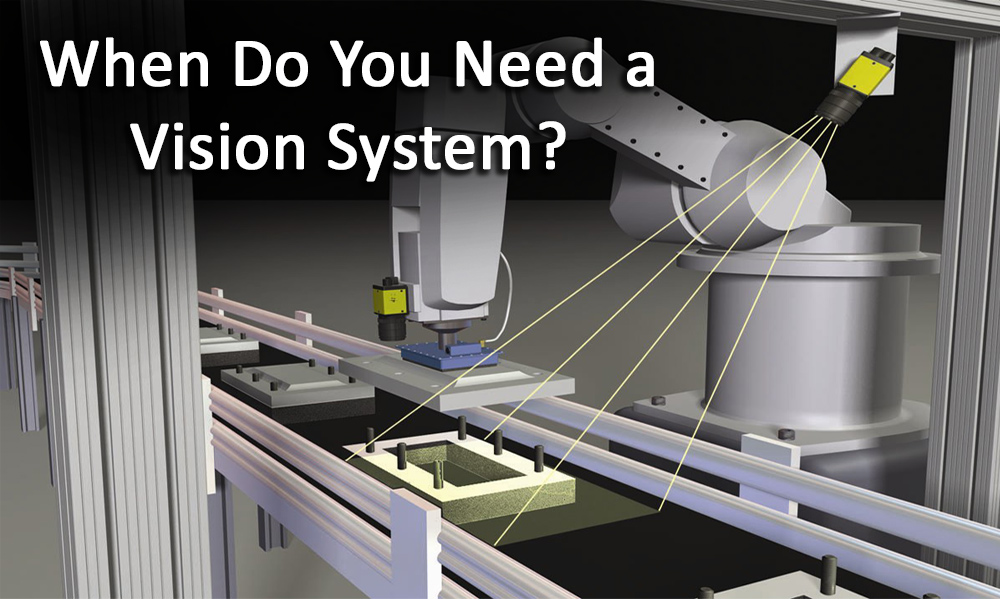However, if your future priorities for acquiring a vision robot are not clear, the robot might not perform optimally. That might necessitate constant human supervision which could lead to avoidable downtime and rapidly rising costs of operation.
In the same breath, acquiring a vision robot that does not serve you well will not be cost-effective. Now, how can you ascertain when to purchase robots with vision systems?
Applications Requiring Robotic Automation with a Vision System
To make a powerful combination/unity, you need to integrate robotic systems and vision. However, the tricky part is to know whether it is suitable for what you are applying it. There are not many applications that need VGRs but just a handful.
Functional Flexibility
Vision systems are only necessary for situations where robots have to perform various functions that are different. For instance, if a robot handling materials is required to isolate and pick up different sized parts from one batch, having vision will enable it to do so. And that is equally true about robots that have to determine the location of parts. Therefore, perception is primarily required in all applications in which size, function, and location are not fixed.
Deciding about A Robot’s Vision Capability
The most complicated aspect of a robot’s vision is how it sees things, and so before determining about which type of applications to designate to a seeing robot, it is essential to decide on what the robot will see and interpret. Although vision for robots is evolving constantly, there is still a technologically wide gap regarding what a robot can see and interpret and what a human sees and interprets.
It will be important to equip robotic systems possessing vision capabilities with an extensive scope of grasping and flexibility capabilities. That will help to eliminate situations where robotic vision turns out to be unreliable.
Reduced Operator Supervision
There is a likelihood of repeated system failure if sightless robots have to perform functions that require greater flexibility. Such situations will necessitate constant supervision or intervention by a human operator. But if you have a production system that does not permit around-the-clock intervention by an operator, you will need to install robots with vision systems.
Cooperative Work
For reasons of safety, where humans have to work alongside robots, it will be imperative to introduce vision systems for the robots. Cobots or robots that can participate in collaborative work are specially designed to work harmoniously with humans by being equipped with systems of vision. In this way, they can step aside, slow down or turn off to eliminate injury when they identify humans working nearby.
Need for Adaptability and Reliability
A vision system will also make the robots you use adaptable to various applications. However, that will work only well in applications with well-defined features that are pre-programmed. Vision systems enable robots to identify and detect patterns which they can quickly interpret before acting. Such robots need to be programmed to recognize specific patterns and trends.
Vision systems for robots also increase their reliability and consistency which makes them have a higher advantage over ordinary robots. Compared to human eyes, a robotic vision will always apply a similar parameter to look at the same place and see the same thing without getting tired. Their aptitude for consistent and accurate judgment will, therefore, eliminate the occurrence of errors.
Most robotic applications are increasingly embracing vision systems because they significantly have a lot of functionalities compared to their blind counterparts. They can automate various tasks. That is why VGRs are necessary for your applications although they require a larger investment.



